Introduction
In the world of financial planning, few things offer the long-term reliability of a Public Sector Pension. Yet, many clients don’t fully appreciate the value of what they have. For financial planners, understanding these pension schemes inside out is essential—not just for compliance, but for building retirement strategies that truly deliver peace of mind.
This guide takes a deep dive into Public Pension schemes, explaining how they work, why they matter, and how financial planners can incorporate them into effective, tailored retirement plans. If you’re working with teachers, NHS staff, civil servants, or police officers, this analysis will help you serve them better and grow their trust in your advice.
What is a Public Sector Pension?
A Public Sector Pension is a retirement scheme provided to employees in the public sector covering a wide range of professions such as healthcare workers, police officers, firefighters, educators, and civil servants. Unlike most private pensions, which tend to be defined contribution (DC), these are usually defined benefit (DB) schemes.
In simple terms, this means the pension is based on an employee’s salary and length of service, rather than investment returns. There are generally two types:
- Final Salary Schemes – based on the employee’s salary at the end of their career.
- Career Average Revalued Earnings (CARE) Schemes based on the average salary across the employee’s career, adjusted for inflation.
Most modern Pension schemes have now shifted to the CARE model, following reforms designed to make them more sustainable.
Why This Matters to Financial Planners
As a financial planner, your role includes helping clients understand and maximise the benefits they’re entitled to. Yet, many public sector employees don’t realise how generous or secure their pension actually.
Public Sector Pension schemes often include:
- Guaranteed, inflation-linked retirement income
- Survivor pensions for spouses or dependents
- Ill health retirement benefits
- The option to purchase additional pension benefits
When these are combined with other personal savings like ISAs, AVCs (Additional Voluntary Contributions), or private pensions, the result can be a comprehensive and robust retirement strategy.
Real-Life Story: The Teacher Who Thought She’d Fall Short
Take Sarah, a 55-year-old secondary school teacher. She approached a financial planner, worried she hadn’t saved enough. When her Teachers’ Pension Scheme was analysed, it turned out she’d qualify for over £21,000 per year from age 67, plus a lump sum. With some small top-ups and an ISA strategy, Sarah was on track. No need for drastic changes—just better understanding.
This kind of clarity is exactly what clients seek from their financial adviser.
Step-by-Step: Analysing a Client’s Public Sector Pension
Step 1: Identify the Scheme
Start by identifying which pension scheme the client belongs to. Common ones include:
- NHS Pension Scheme
- Teachers’ Pension Scheme
- Civil Service Pension Scheme
- Local Government Pension Scheme (LGPS)
- Police Pension Scheme
Each has its own rules and benefits. Visit the relevant scheme’s website for up-to-date information.
Step 2: Request a Pension Statement
Encourage clients to obtain a pension statement or forecast. This provides vital data on:
- Years of service
- Projected retirement income
- Lump sum entitlement
- Retirement age
- Annual increases
Step 3: Compare Income to Retirement Goals
Help your client understand whether the projected income aligns with their lifestyle expectations. Will the pension cover their essentials? Will they need additional income?
Step 4: Bridge the Gap
If there’s a shortfall, suggest practical actions such as:
- Making AVCs
- Buying added pension within their scheme
- Investing in stocks and shares ISAs
- Reducing unnecessary spending
- Adjusting retirement age or lifestyle expectations
Tax and Retirement Planning
Public Pension income is subject to income tax once drawn. Understanding this is vital for structuring drawdown strategies, especially when combining with other sources of income such as:
- Private pensions
- Investment income
- Property rentals
- State Pension
Since the Lifetime Allowance was abolished in 2024, planners now have more flexibility. However, the Annual Allowance still applies, and high earners could be impacted by the Tapered Annual Allowance.
Transferring Public Sector Pensions: A Word of Caution
Public sector DB pensions are not usually transferable to DC pensions unless there are exceptional circumstances. And even then, the Financial Conduct Authority (FCA) requires advisers to demonstrate that a transfer is in the client’s best interest—which is rarely the case.
Encourage clients to understand the security they’re giving up if they consider transferring.
How to Help Clients Make the Most of It
Once the pension structure is clear, help your clients with these strategies:
- Pension Maximisation – buying added years or increasing AVCs.
- Early Retirement Planning – checking reduction factors if retiring early.
- Blending Income Sources – combining public sector pensions with personal savings.
- Estate Planning – making the most of spouse or dependant benefits.
Real-Life Story: The Retired Civil Servant Who Beat Inflation
Mark, a retired government administrator, was initially frustrated that his pension wasn’t as high as his salary. But over time, thanks to CPI-linked increases, his pension kept pace with inflation while his peers in the private sector saw their savings dwindle during market downturns.
This is one of the understated strengths of the Sector Pension reliability and longevity.
FAQs
What is a Public Sector Pension?
A Public Sector Pension is a government-backed retirement plan offering guaranteed, inflation-protected income to employees like teachers, NHS staff, and civil servants.
Who qualifies for a Public Sector Pension?
Eligibility includes employees in public roles such as healthcare, education, local government, armed forces, police, and the civil service, based on scheme membership.
How is a Public Sector Pension calculated?
It’s calculated using either final salary or career average salary, multiplied by years of service and scheme accrual rates, then adjusted for inflation.
Is a Public Sector Pension taxable?
Yes, once you start receiving payments, your Public Sector Pension is treated as taxable income under standard UK income tax rules and thresholds.
Can I transfer my Public Sector Pension?
Transfers out are rarely permitted and often not recommended, as you'd lose valuable benefits like guaranteed income and inflation protection. Always seek advice.
Final Thoughts
The Public Sector Pension is one of the most secure and stable forms of retirement income available today. As a financial planner, your role isn’t just to help clients invest well—it’s to make sure they understand the wealth they already have.
By helping your clients:
- Recognise the true value of their scheme
- Make smart top-up decisions
- Navigate tax rules
- Combine assets into a coherent plan
you’ll not only enhance their financial outcomes but also boost their confidence and peace of mind.
Understand the full picture. Plan strategically. And give your clients the retirement they deserve—powered by their Public Sector Pension with expert guidance from Tysro Roselyn Accountant who specialise in tailored financial planning for public sector professionals.



